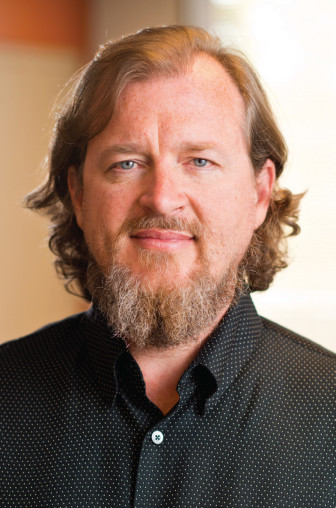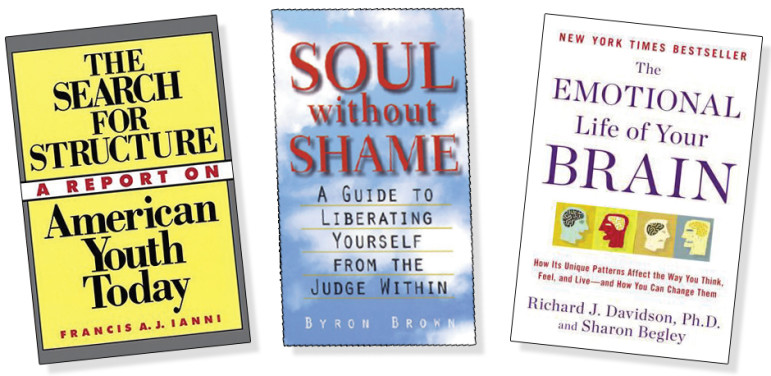- “The Search for Structure: A Report on American Youth Today,” by Francis A.J. Ianni, Free Press, 1998, 352 pages. This 12-year research study of adolescents provides important insight into their behavior — most importantly relating the influence of peer pressure and adult role models on youth development. Also included are methodologies and strategies to help adolescents succeed.
- “Soul Without Shame: A Guide to Liberating Yourself From the Judge Within,” by Byron Brown, Shambhala, 1999, 320 pages. Brown offers a practical approach to ridding oneself of one’s “inner critic,” based upon 30 simple strategies designed to decrease self-judgment and increase self-awareness.
- “The New Taxonomy of Educational Objectives,” by Robert J. Marzano and John S. Kendall, Corwin, 2006, 208 pages. An acclaimed new taxonomy useful for educators in providing current research in assessment, accountability and teaching, this text also offers solutions to problems created by current testing standards with a more learning-based approach.
- “Arrested Adulthood: The Changing Nature of Maturity and Identity,” James E. Côté, NYU Press, 2000, 224 pages. Here, Côté examines why today’s adults avoid grown-up responsibilities and instead act more like adolescents. Côté also explores the role of mass consumer culture and individualistic, rather than community-oriented, social structures in creating this situation. n
- “The Emotional Life of Your Brain: How Its Unique Patterns Affect the Way You Think, Feel, and Live—and How You Can Change Them,” by Richard J. Davidson, Ph.D. and Sharon Begley, Plume 2012, 304 pages. Davidson, director of the W.M. Keck Laboratory for Functional Brain Imaging and Behavior and the Laboratory for Affective Neuroscience at the University of Wisconsin-Madison, joins forces with Sharon Begley, senior health and science correspondent at Reuters. Here, they explain the concept of “emotional fingerprints” — our individual emotional styles, which are made up of resilience, outlook, social Intuition, self-awareness, sensitivity to context and attention.
- “How People Learn: Brain, Mind, Experience and School: Expanded Edition,” by Committee on Developments in the Science of Learning, National Research Council and Division of Behavioral and Social Sciences and Education, National Academies Press, 2000, 374 pages. This newly expanded edition offers extensive research on the process of learning, combined with strategies to help children learn more effectively.
About Dr. Charles Smith
 Dr. Charles Smith is the founder and executive director of the David P. Weikart Center for Youth Program Quality, a division of the Forum for Youth Investment. Smith oversees the design and implementation of accountability polices and integration of after-school systems within schools. Smith has previously served as the director of the youth development division of the High/Scope Educational Research Foundation.
Dr. Charles Smith is the founder and executive director of the David P. Weikart Center for Youth Program Quality, a division of the Forum for Youth Investment. Smith oversees the design and implementation of accountability polices and integration of after-school systems within schools. Smith has previously served as the director of the youth development division of the High/Scope Educational Research Foundation.



























